Strategic Supply Chain Planning in 2022: 10 Areas to Focus
River Logic
JULY 15, 2021
A key issue is the need to determine the optimal supply chain strategy for the organization over a 3-to-15-year period considering factors like:

River Logic
JULY 15, 2021
A key issue is the need to determine the optimal supply chain strategy for the organization over a 3-to-15-year period considering factors like:

Demand Driven Technologies
JULY 13, 2021
Preparing for a software implementation or a supply chain enhancement project can be a long process. You research and select potential software, draw up project timelines, name project champions, and solicit project and budget approvals, to name a just a few highlights. At the end of this, you are ready to turn this over to. Read more. Source.
This site is protected by reCAPTCHA and the Google Privacy Policy and Terms of Service apply.

Supply Chain Shaman
JULY 15, 2021
Yesterday, I attended a wake for a friend and former colleague. For the first time in eighteen months, I hugged people outside my inner circle. Hesitant and mentally programmed with COVID-19 precautions, I tried the elbow bump and shuddered as I extended my arms to feel the warmth of long-held friends. I must admit that it felt soooooo good. I so want the pandemic to be over.
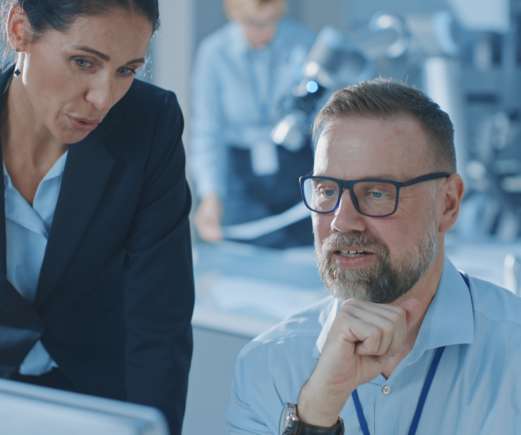
AIMMS
JULY 27, 2021
The post What Is Supply Chain Network Design And How Can It Improve Your Business? appeared first on AIMMS.

Advertisement
The $53 trillion manufacturing economy in the US is undergoing a major automation paradigm shift due to Artificial Intelligence (AI). Thanks to new practical frameworks, automation projects that were once impossible or inefficient to implement are now being fast-tracked, and robotics automation is becoming increasingly relevant to a growing number of users and scenarios.

GlobalTranz
JULY 1, 2021
As supply chains become more impacted by market disruptions and unpredictable events, they’re also becoming more critical to a company’s customer experience levels and bottom line. Creating a data-driven supply chain tracking important transportation metrics helps shippers respond and adapt as quickly as possible to known and unknown events. Why Monitor Transportation Metrics.
Supply Chain Brief brings together the best content for supply chain and logistic professionals from the widest variety of industry thought leaders.

DELMIA Quintiq
JULY 7, 2021
How Planning & Optimization Become a Treat. It’s July and that means that many of us are feeling the sweltering temperatures of summer. The sun is blazing, the air is thick, and baby, it’s hot outside! Temperatures are soaring across the land and people are looking for a way to beat the heat. But how? One of the more popular ways to stay cool is with that delectable frozen treat many of us enjoy–ice cream!

ToolsGroup
JULY 29, 2021
The telecommunications industry has become so highly commoditized that customers perceive only marginal differences in products and prices among the various market players. Want to have a winning telecom supply chain? Market leadership depends more and more on operational excellence, and making smart tradeoffs that optimize cost and service levels to meet executive-level goals–and surpass customer expectations.
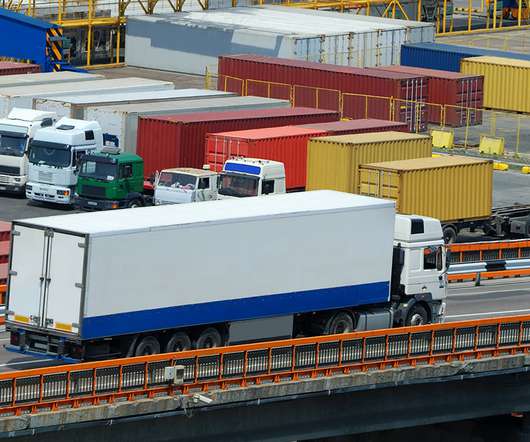
The Logistics & Supply Chain Management Society
JULY 14, 2021
INTRODUCTION. In the last few years lacklustre Global Economic Growth and sluggish Global & Regional Trade have adversely affected Singapore’s economic growth. The Covid-19 pandemic severely exacerbated the shock to the Global economy.Global and Regional Trade and related Supply chains experienced unprecedented disruptions. International Airports and Ports almost came to a standstill as the worlds international airline fleets were grounded and maritime shipping disrupted and stalled.

ivalua
JULY 12, 2021
In Part I and Part II of this series, we have investigated the way in which supplier diversity programs have developed over time and which nations are leading the way in the space. And while it’s good to stay abreast of how we develop as societies, it’s vital to understand how we can better align supplier diversity best practices as individual organizations. .

Learn how centralizing slow-moving SKUs can help reduce fulfillment costs by $300M+ while boosting fulfillment efficiency.

GlobalTranz
JULY 28, 2021
Part of the challenge in managing the modern supply-chain is due to its sheer size and complexity. There are many working parts, network partners, and opportunities for things to go wrong that some are often overlooked. Rather than hoping everything runs as smoothly, shippers today need to apply technology to ensure high customer experience levels are achieved and all shipments are delivered on time and in full.
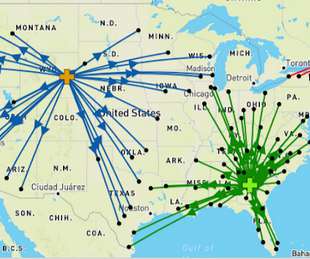
Logistics Viewpoints
JULY 22, 2021
Sales & Operations Planning (S&OP) as a process has been around since the 1980’s. While the terminology evolved, the underlying thesis of S&OP has stayed the same, i.e., bridge the divide between sales forecasts and operational plans while respecting the budget. In general, S&OP consists of a New product review, Demand Review, Supply Review, Management Review and some level of reconciliation between these steps.

AIMMS
JULY 21, 2021
The post The Problem with Forecast-Driven Supply Chain Planning appeared first on AIMMS.
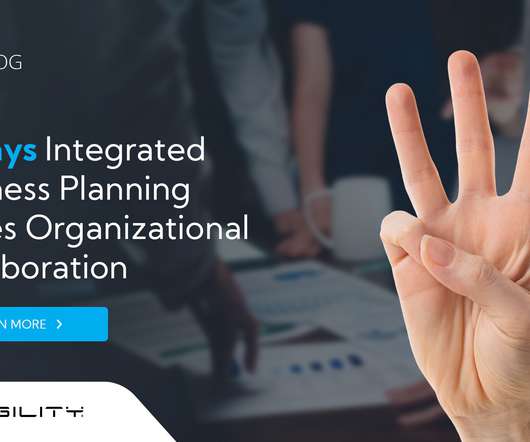
Logility
JULY 7, 2021
Organizational collaboration. It’s no cakewalk – at least, not in the context of integrated business planning (IBP). Indeed, perhaps the best way to understand the role of collaboration – literally, laboring together – in establishing a mature IBP discipline is to set aside modern, softer connotations of the word and recall that labor comes down to us through Middle English and Old French from the Latin for “toil and trouble.”.

Advertiser: GEP
“What should we do about the tariffs?” There’s no straightforward answer — every leader has a different expectation. CFOs want numbers. COOs want action. CEOs want strategy. And supply chain and procurement leaders need to be ready with the right response — fast. That’s why GEP has created a simple three-part framework that will help CPOs and CSCOs brief the board and C-suite with clarity and confidence.
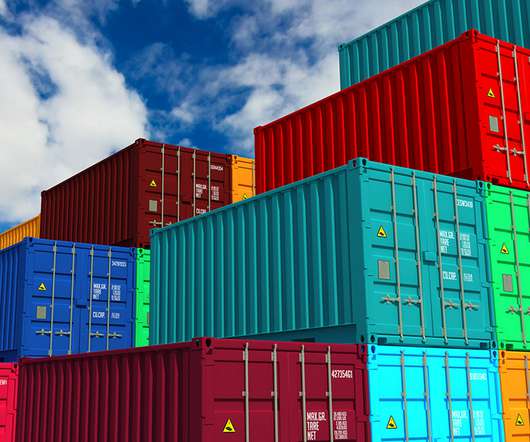
The Logistics & Supply Chain Management Society
JULY 14, 2021
Abstract. Much attention (and financing) has been directed over the past years to the expansion of supply chain visibility, mainly “real-time visibility platforms” and to “sensor-based visibility solutions“. The promise of these remains not the visibility itself, but the enablement of improved decision making, flexibility and agility in supply chains, and the automation of workflows.
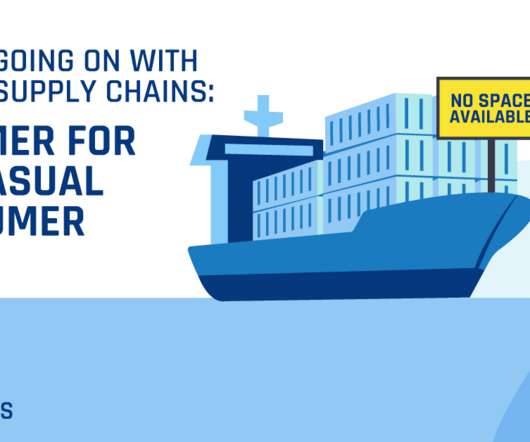
Freightos
JULY 22, 2021
If you were building a house in 2021, things got rough. The cost of lumber skyrocketed from $354 / 1000 board feet in May 2020 up to $1,683 in May 2021 1. And even if you weren’t building a house, you likely felt the same problem echoed across patio furniture, gym gear, and more. Yes, unprecedented consumer demand, and ample money to spend, have continued to push prices and inflation indicators up.

GlobalTranz
JULY 7, 2021
Learning the difference between third party logistics (3PL) and fourth-party logistics (4PL), as well as 1PL and 2PL, and the rise of even fifth-party logistics (5PLs) is becoming increasingly sophisticated and valuable for driving successful supply chain operations. They all involve a degree of outsourcing transportation functions, whether that’s supply chain cybersecurity management or white glove services , and technically, all 4PLs and 5PLs exist as 3PLs too.

Logistics Viewpoints
JULY 19, 2021
Tata Steel Europe Plant in Wales. The steel industry is not easy. A ton of steel can cost as little as $700. A pound of apples costs about the same as a pound of steel, yet steel is a complex product produced using high-tech metallurgical and manufacturing processes. Even before the pandemic the global steel industry was navigating significant disruptions that included steep price competition (China has been investigated numerous times for dumping), soft demand, and tariff issues.

Speaker: Andrew Skoog, Founder of MachinistX & President of Hexis Representatives
Manufacturing is evolving, and the right technology can empower—not replace—your workforce. Smart automation and AI-driven software are revolutionizing decision-making, optimizing processes, and improving efficiency. But how do you implement these tools with confidence and ensure they complement human expertise rather than override it? Join industry expert Andrew Skoog as he explores how manufacturers can leverage automation to enhance operations, streamline workflows, and make smarter, data-dri

Talking Logistics
JULY 12, 2021
As reported by Petra Sorge and William Boston in the Wall Street Journal in March 2021 (“Germany to Make Firms Responsible for Policing Abuses by Global Suppliers”): Germany is set to force companies to screen suppliers for environmental violations and human-rights abuses, such as illegal mining and child labor…Under the bill, any company based in.
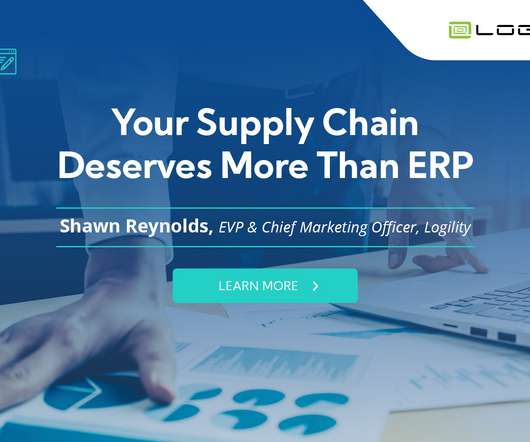
Logility
JULY 9, 2021
Will your ERP accommodate your complex supply chain planning requirements? This is a big question executives have been faced with over the last year as resilience and sustainability have become increasingly important. Comparing a supply chain planning platform against an ERP system that offers supply chain management capabilities is a challenge. The quality of supply chain operations is critical to evolve business models, deliver new products and services, seize new opportunities, respond to mar

The Logistics & Supply Chain Management Society
JULY 15, 2021
Technology is fast changing the logistics industry. Where there used to be a lot of complicated manual procedures and paperwork, today, many processes can be automated to provide greater transparency, visibility and traceability across the entire value chain – from logistics, compliance to financing. Global eTrade Services’ (GeTS) technology powered platform, CALISTA® – offers such capabilities.

Arkieva
JULY 27, 2021
Integrated Supply Chain planning is the best way to be sure that you are running your business in a way that is best for your whole business. When you address your energy needs independent of your supply chain planning you can drive up costs unnecessarily and create rework. Industrial gas companies know this better than most because their production process is an extremely energy-intensive one.

Speaker: Jason Cottrell and Gireesh Sahukar
Retailers know the clock is ticking–legacy SAP Commerce support ends in 2026. Legacy platforms are becoming a liability burdened by complexity, rigidity, and mounting operational costs. But modernization isn’t just about swapping out systems, it’s about preparing for a future shaped by real-time interactions, AI powered buying assistants, and flexible commerce architecture.
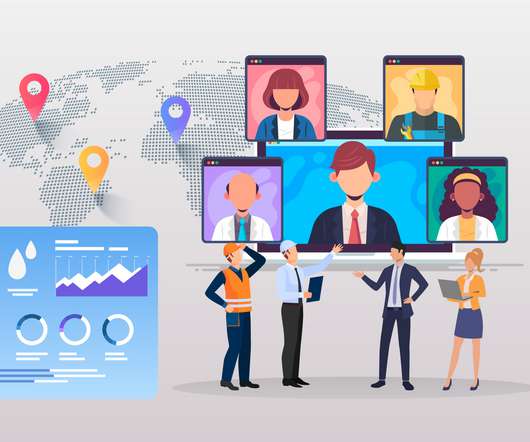
DELMIA Quintiq
JULY 30, 2021
Hello and Welcome to the Week in Review! This is the weekly blog post for a one-look overview of what happened in the DELMIA Communities this past week. But there is a lot more than what is below. Visit the communities to see the exchange of information and ideas between members and DELMIA experts. With eight active communities, you are sure to find at least one to suit your DELMIA interests.

Logistics Viewpoints
JULY 14, 2021
I am wrapping up my Transportation Management Systems market study which looks at the total size of the market, the forecasted growth through 2025, and the leading suppliers across a number of categories including industry, region, and customer size. A key piece of the study is looking at the key drivers for TMS growth from both a historical and future-looking perspective.

GlobalTranz
JULY 14, 2021
The world of logistics and managed transportation is continuously evolving. Transportation professionals are tasked with reducing costs while increasing customer satisfaction levels. However, market forces such as higher fuel costs and decreased capacity work to undermine these goals. Transportation management optimization can help, provided shippers know a few things about its value and where to start.

ToolsGroup
JULY 6, 2021
Selecting and implementing a new supply chain solution is a risky career move for any supply chain manager. The wrong solution can cost the company millions and cost the manager their job. In my last post, I talked about why a proof of concept (POC) is a good alternative to using an RFI as the basis for your supply chain software selection. I suggested a POC as a way to “try before you buy” and mitigate the risks of choosing a supply chain planning solution that doesn’t fit your organization or

Advertisement
What is Remote-Insourcing? Sounds like an oxymoron, right? Not anymore. Remote-Insourcing isn’t outsourcing—it’s a revolutionary staffing model that lets our clients fill key entry-level positions with top-tier, loyal, long-term talent, integrated seamlessly into their businesses—just like local employees but without the turnover or W2 HR hassles. With under 4% unwanted attrition, you train once and keep the same team for years.
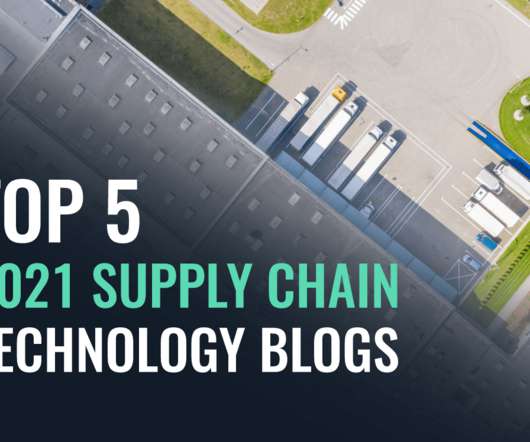
C3 Solutions
JULY 28, 2021
This summer, our Dock Scheduling and Yard Management specialists have noticed a major correlation between the focus on ROI for companies shopping around for new tools and the associated cost some are experiencing for not pulling the trigger quick enough (aka the cost of inaction).

Arkieva
JULY 13, 2021
Over the past 5 weeks, Jeff Ondria has hosted a set of short interviews on LinkedIn about the five distinct steps to develop an effective S&OP process. In today's blog, we discuss step 4 Balancing Supply & Demand where we will answer some key questions with respect to balancing supply and demand. Five Steps to Develop an Effective S&OP Process – Step 4: Balance Supply and Demand was first posted on July 13, 2021 at 1:25 pm. ©2017 " Supply Chain Link Blog - Arkieva " Use

DELMIA Quintiq
JULY 27, 2021
The digital transformation of supply chains is happening faster than physical supply chains can react. In the same way that consumers have driven innovations in retail commerce, we are now seeing that e-commerce effect leading to a B2B revolution. Now, it’s all about: enabling the omnichannel experience, which is changing the profile of supply chains in most industries and commercial sectors, creating flexible and efficient supply chains to close the vulnerabilities that were exposed during the
Let's personalize your content